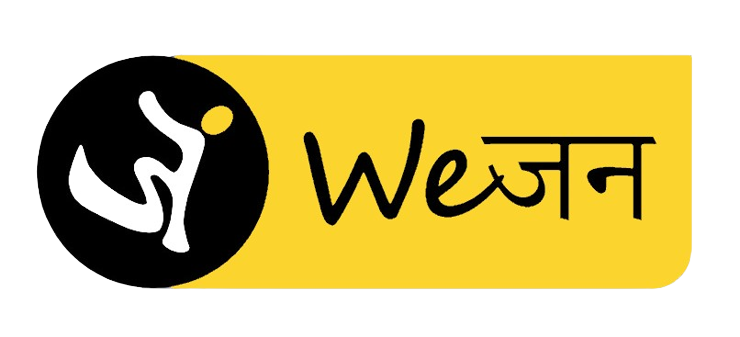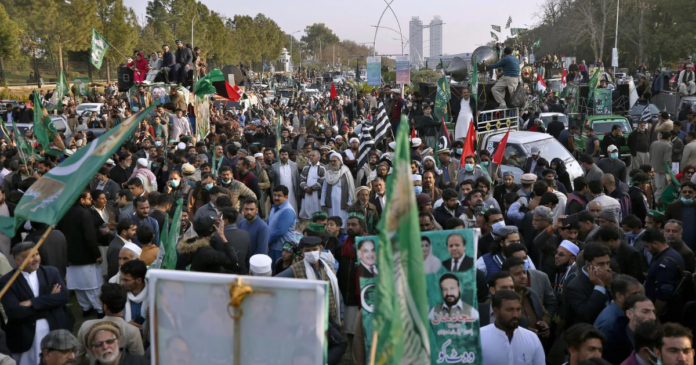Pakistan never ceases to surprise the rest of the world. Throughout its brief but turbulent history, Pakistan has been a boiling cauldron of political instability, ethnic and religious violence and Islamic terrorism with the all-powerful army ruling the roost as the masters of the impoverished nation.
The 2024 nationwide election is the latest episode in the dramatic and violent saga of Pakistan politics.
With the votes still being tallied, ‘independent’ candidates supported by Imran Khan’s Pakistan Tehreek-e-Insaaf (PTI) have seized the initiative by capturing 57 seats.
The Pakistan Muslim League-Nawaz (PML-N) is a distant second with 43 seats while the Pakistan Peoples Party (PPP) is trailing far behind with only 28 seats.
Recall that a party needs to hold 133 seats in the 265-member National Assembly in order to establish a government.
While some have theorized that if they secure a two-thirds majority, the “Independents” supported by the PTI—whose leader is imprisoned and the party is not permitted to use its cricket bat symbol—might form the government, this is unlikely to happen.
It is more likely that the PPP and PML-N would form a coalition government to govern Pakistan once more.
However, what transpired when the PPP and PML-N teamed up? Is another coalition in the works?
When PML-N and PPP became allies
Let’s first quickly examine the two sides.
Nawaz Sharif, a former prime minister, is the leader of the PML-N.
The three-time prime minister is aiming for a record-breaking fourth term in office. He was exiled for years and returned in October 2023.
Lead leader of the PPP, which Zulfikar Ali Bhutto founded, is Bilawal Bhutto-Zardari, the scion of the well-known Bhutto-Zardari family.
For the majority of Pakistan’s history, the PMN-L and PPP have alternated between times of military rule following army takeovers, which together account for almost half of the country’s 71 years since independence from Britain.
In April 2022, the two parties united for the first time to create a government.
In the coalition administration headed by Shehbaz, the younger brother of Sharif, Bilawal at the time made history by becoming the youngest foreign minister in the nation.
Shehbaz Sharif led the Pakistan Democratic Movement (PDM) during its 16-month government, which was partnered by the PML-N and PPP.
According to Carnegie Endowment, the PDM was formed in September 2020 and included the PPP, PML-N, Jamiat Ulema-e-Islam (JUI-F), the Balochistan National Party, and the Pakhtunkhwa Milli Awami Party.
However, the coalition didn’t last long since one side accused the other of attempting to get close to the establishment.
It seems that a pact between PML-N chief Nawaz and the military was the final straw for the PPP.
In the coalition administration headed by Shehbaz, the younger brother of Sharif, Bilawal at the time made history by becoming the youngest foreign minister for Pakistan.
Shehbaz Sharif led the Pakistan Democratic Movement (PDM) during its 16-month government, which was partnered by the PML-N and PPP.
According to Carnegie Endowment, the PDM was formed in September 2020 and included the PPP, PML-N, Jamiat Ulema-e-Islam (JUI-F), the Balochistan National Party, and the Pakhtunkhwa Milli Awami Party.
However, the coalition didn’t last long since one side accused the other of attempting to get close to the establishment.
It seems that a pact between PML-N chief Nawaz and the military was the final straw for the PPP.
The previous coalition government formed by the PPP and PML-N was in 2008.
Following PPP leader Benazir Bhutto’s assassination, Pervez Musharraf, acting under duress, called for that election.
The PPP gained momentum after Bhutto’s passing and became the only major party to win the national elections.
Together, the PPP and PML-N won 153 of the 272 House seats. The second-largest party was the PML-Q, led by Musharraf.
After heated talks between Benazir Bhutto’s husband, Asif Ali Zardari, and Sharif, the cabinet was formed.
Yousaf Raza Gilani of the PPP was appointed Pakistan’s prime minister, while Zardari assumed the presidency.
In the meanwhile, Musharraf left for London after resigning as president in August 2008.
Nevertheless, the PML-N and PPP’s coalition was only in place for six months.
After Nawaz accused Zardari of breaking a number of pledges, everything came to an embarrassing finish.
Is another coalition in the works?
That isn’t the case, according to Sharif and Bilawal. On Wednesday, Sharif begged the people to hand him a “crucial” majority in Parliament and declared that he does not want to be a part of a coalition government. Sharif was quoted by Geo News as saying that Pakistan “needs a one-party majority to bring stability.”
According to Bilawal, his party would rather create a government by enlisting Independent candidates.
In addition, Bilawal accused the PML-N of failing to uphold its obligations to the International Monetary Fund (IMF), putting the nation at risk.
There were rumors last year that the PPP was looking at joining forces with the PTI to form a political alliance.
According to political analysts, should the PPP try to do so, it may encounter the wrath of the influential military institution.
PPP has been criticising its former coalition partner for economic mismanagement and increasing prices ever since the polls were announced.
However, history demonstrates that one should not accept such claims at face value.
It is yet to be seen how many seats the PPP and PMN-L win, as well as whether Bilawal will listen to Sharif’s pleas.
What was that saying about politics creating unusual bedfellows?



